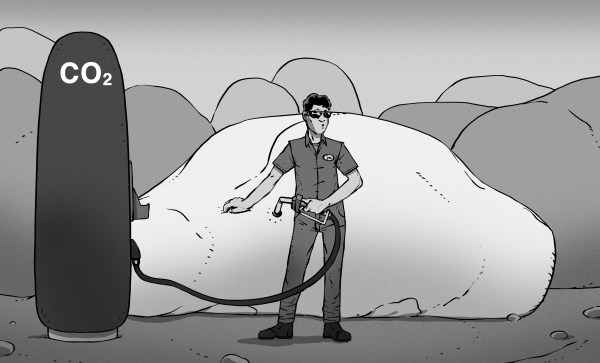The University of Cambridge has a novel fuel cell design that can grab CO2 from the atmosphere or industrial processes and, combined with waste PET plastic, provides syngas and glycolic acid, a product used in some cosmetics. You can read about the device in a recent paper.
The strange juxtaposition of CO2 and PET is no accident. The processes work together with solar energy. There is no external voltage required, but the cell operates as a photocell to produce electricity from the solar energy. Removing both CO2 and waste plastic from the environment is a good thing.
Syngas is hydrogen and carbon monoxide and finds use in producing methanol and ammonia. It also will work as a fuel that can replace gasoline when gasoline isn’t available. It has a few other uses, like reducing iron ore to sponge iron and even converting methanol to gasoline.
The technology has a ways to go to operate at scale, and we doubt this will ever be a consumer item since you are unlikely to need syngas or glycolic acid in your home or vehicle. But it still is a promising technique to reduce both greenhouse gas and plastic waste in one swoop.
We’ve looked at other ways to grab carbon dioxide and make it useful. If you want to make your own syngas, there are other ways to do it.













